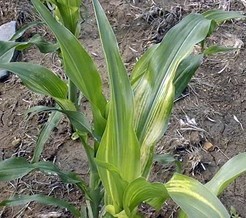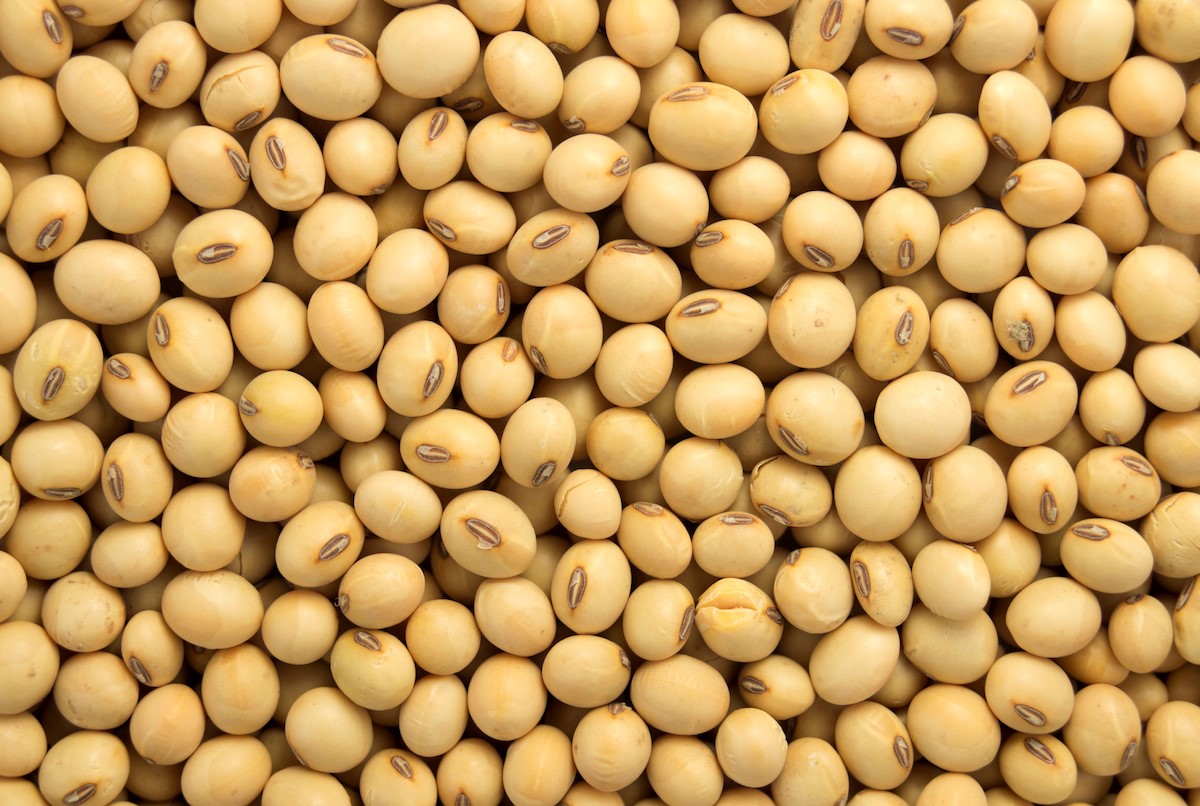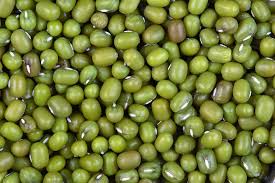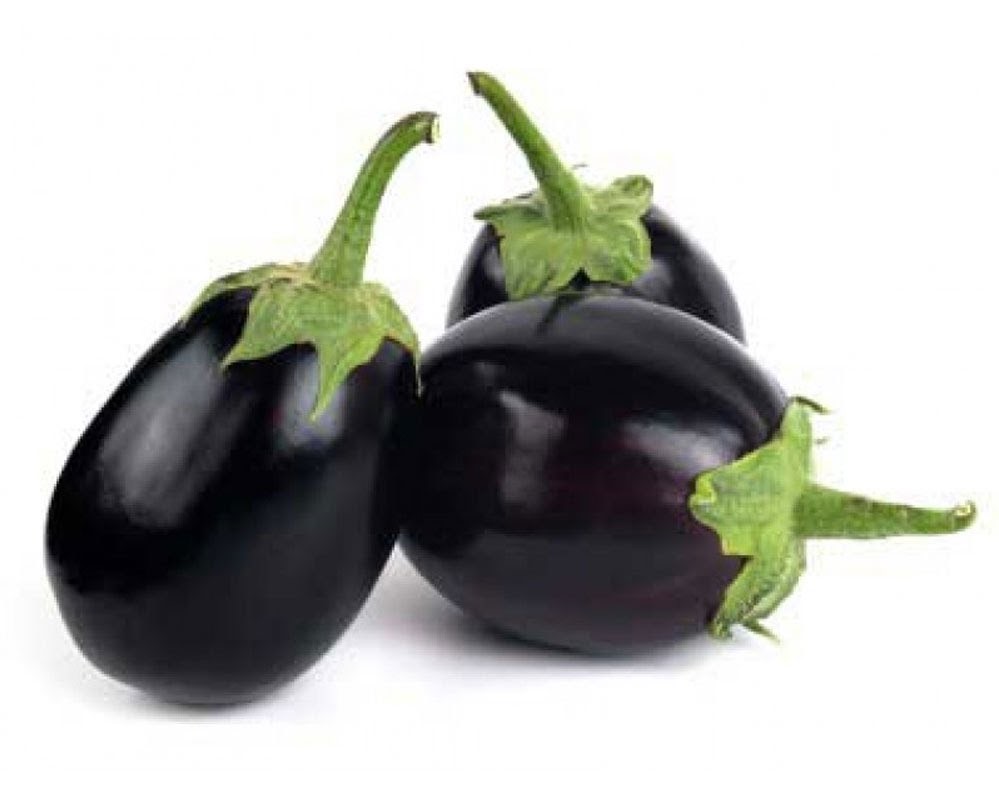- India’s agricultural land has a deficit of zinc is 50%, which will be up to 63% by 2025.
- Zinc is an essential micronutrient for plant growth. But it remains unavailable in the soil which plants cannot use easily.
- This bacterium provides an available form of zinc and as well as control of ‘Khera disease’ in paddy, increased crop yield and quality of yield, improve soil health and increases the activity of hormones and also increases the activity of photosynthesis.
- Zinc-soluble bacteria produce organic acids in the soil and convert insoluble zinc (zinc sulfide, zinc oxide, and zinc carbonate) into Zn+ (Available form of Zinc) form and maintain soil pH.
- zinc soluble bacteria @ 2 kg/acre mix with 50 kg of well-decomposed FYM and broadcast in the field.
Like and share with other farmers by clicking on the button below.
Share





